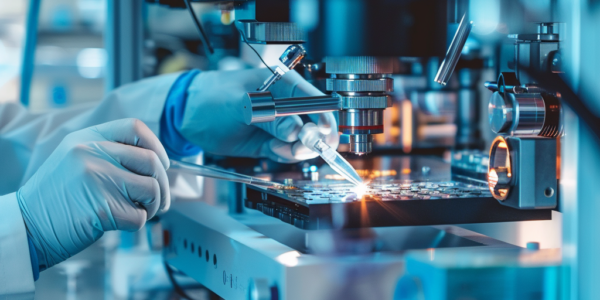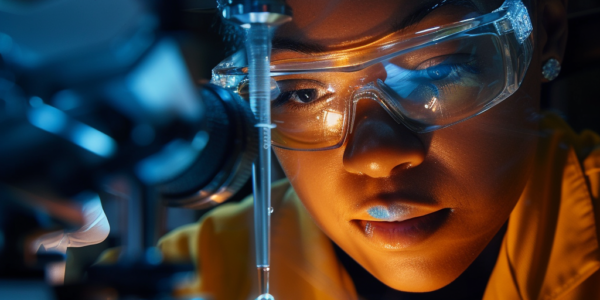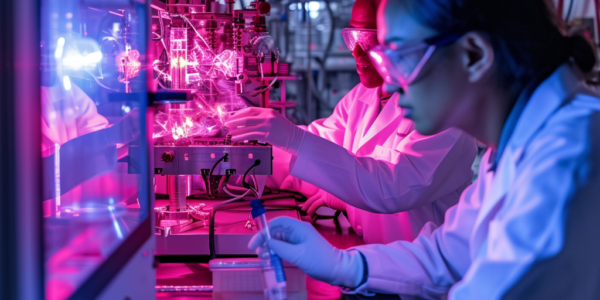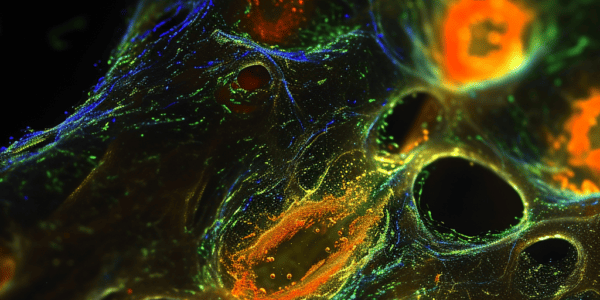Breakthrough Study Reveals Insights into Nuclear Structure of Superheavy Elements
An international research team from the University of Liverpool has made significant strides in understanding the nuclear structure of superheavy elements fermium and nobelium. Published in the journal Nature, this groundbreaking study utilizes advanced laser spectroscopy to explore the behavior of heavy isotopes, revealing crucial insights into the atomic nucleus. The findings suggest a shift in the fundamental nature of matter, with implications for nuclear physics and materials science.
New Paths to Optimize Electrochemical Processes
Scientists have found new paths to steer and optimize electrochemical processes, essential for the transition to renewable energies. The discovery of new ways to fine-tune electrochemistry opens up exciting possibilities for the future of renewable energy and sustainable chemistry.
Physicists Make Groundbreaking Discovery in Study of H2+ Molecule
Physicists from Heinrich Heine University Düsseldorf (HHU) have made a groundbreaking discovery in the study of the simplest molecule, H2+. The molecule, which is composed of two hydrogen nuclei and one electron, has long been a subject of interest for astrophysics and fundamental physics due to its significance in the early formation of the universe. Published in Nature Physics, the study details the team’s successful measurement of the molecule’s vibrations using a laser, marking the first direct observation of such behavior. The findings closely align with theoretical predictions, shedding light on the elusive nature of H2+.
Groundbreaking Discovery in Chemistry: Elusive Water Structure Isolated and Observed by Researchers at RIKEN
RIKEN researchers have isolated and observed an elusive water structure involving two water molecules, a groundbreaking discovery with implications for fields such as astrochemistry and metal corrosion. By trapping water dimer ions in tiny droplets of cold helium, the team was able to determine the structures of the isomers, marking a significant advancement in the field of chemistry.
Breakthrough in Quantum Physics with Ultra-Precise X-ray Spectroscopic Measurements
An international research team has achieved a significant breakthrough in the field of quantum physics by conducting ultra-precise X-ray spectroscopic measurements of helium-like uranium. The team, comprising researchers from Friedrich Schiller University Jena and the Helmholtz Institute Jena in Germany,…
MIT Scientists Develop Groundbreaking Raman2RNA Technique for Tracking Live Cell Gene Expression
The Integrated Photonics Summit is now available ON DEMAND! CAMBRIDGE, Mass., Jan. 22, 2024 — Scientists at MIT have developed a groundbreaking technique that combines the advantages of single-cell RNA sequencing and Raman spectroscopy. This new technique, known as Raman2RNA…






